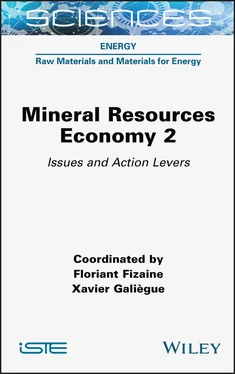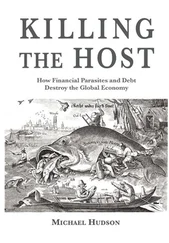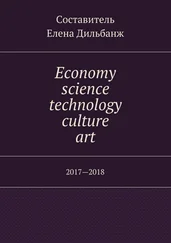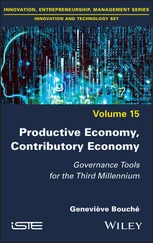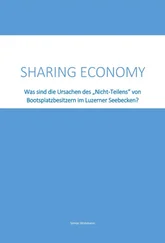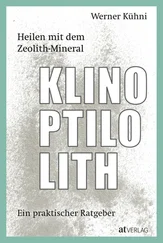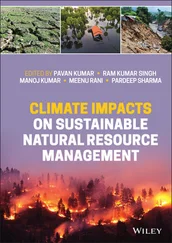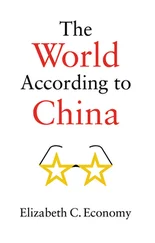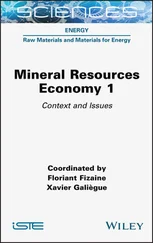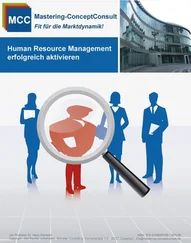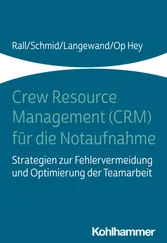In a more macroeconomic perspective, Thierry Lefèvre ( Chapter 6) develops in his contribution the questions related to the possibility of decoupling GDP and natural resources. This question of decoupling is complex and today mobilizes a large number of researchers, particularly within the United Nations Environment Programme’s (UNEP) International Resource Panel (IRP). The question of decoupling obviously refers to the tool of material efficiency, which aims to create more with less. By increasing the material productivity of our activities, we could gain in both ways: by continuing to increase GDP, while reducing our consumption of resources and the impacts left in its wake. This postulate of dematerializing the economy is an old one, notably through the concept of ephemeralization evoked by Philippe Bihouix (2019) in his latest book. We also come across it under the terms of decoupling, delinking or via the material Kuznets curve. But here again, the practical application shows poor results. Most of the time, decoupling is well below the scale effect of population and GDP per capita growth. On this point, the researcher’s contribution somewhat dashes our expectations by showing that the material footprint of most industrialized countries has grown over time.
Similarly, other studies conducted worldwide (Krausmann et al . 2017) also temper our expectations regardless of the raw materials studied. Thus, there seems to be no exception: economic growth always outweighs material productivity. Would it be enough to increase the speed of dematerialization in order to compensate for the increase in activity? Here again, the facts contradict this idea, particularly through the example of the increase in silicon productivity in the IT sector between 1970 and 2010, which, although without precedent (a factor of 10 million), has been associated with an increase in silicon consumption of a factor of 60 over the same period! Another study on sector productivity comes to the same conclusion (Dahmus 2014): sectors that have come closer (or have reached) absolute decoupling are not characterized by a high level of material productivity but rather by a low increase in their activity (scale effect). We should therefore once again either review our objectives or look at other leverage.
Another form of leverage is deemed as highly promising, that of recycling. Alain Geldron ’s very comprehensive contribution ( Chapter 7) on the subject of metal recycling appears enlightening from several points of view. First of all, far from the sometimes blissful optimism shown by the environmental press on urban mining and the circular economy, there is a wide gap between the discourse and the empirical facts: recycling rates are still far from circularity for base metals, and are even almost zero for minor metals. Indeed, there are several fundamental differences between the extractive metal economy and the metal recycling economy, which explain why we cannot switch from one to the other without major adjustments.
First of all, the returns to scale derived from the size of the stakeholders and the volume of deposits are quite different between the two activities, clearly contributing to the domination of the first over the second. Moreover, the share of the informal sector is still very significant in the recycling economy, whereas it remains very marginal in the extractive economy, at least when we look at the volumes supplied. Second, the qualities of the materials from primary and secondary deposits differ considerably (Fizaine 2020), again with a marked disadvantage for secondary activity (dispersed deposits, highly variable and fluctuating metal concentrations, metal complexity and diversity and coexistence with carbon chains). Finally, we find the opposition between stock management and flow management as a decisive dividing line between the old extractive economy and the new secondary economy, an opposition that is not without a reminder of the same antagonistic pattern that exists in energy production. However, it is legitimate to think that the management of a flow is more complex and less flexible than that of a stock, even more so when there is significant uncertainty about the former.
To sum up, recycling research is still marked by significant gray areas. As there is now a willingness to include recycling in a comprehensive circular economy policy, together with other tools such as the reduction of primary materials (efficiency) or their reuse, it seems that we cannot simply optimize recycling procedures independently of other circular economy measures (Berlingen 2020). In this case, there is indeed a strong chance of crowding out effects between measures. The outcry over the recycling deposit measure proposed by the Secretary of State to the Minister for the Ecological and Inclusive Transition in France, Brune Poirson, for plastic bottles is a good illustration of this. This measure is contested by local authorities, which would then be deprived of the collection and resale of this waste, for which they have already invested significant amounts in recycling infrastructures. According to the environmental associations, this project would also hamper environment preservation because the deposit for reuse is in this situation more efficient than the deposit for recycling.
Another illustration is the reduction of the precious metal content of electronic cards, for reasons of cost and efficiency, which has considerably reduced the attractiveness of recycling these cards, and also of all the minor metals that accompany them (Cui and Roven 2011; Adie et al . 2016). These two examples present possible incompatibilities between circular economy measures, which require careful study of the interaction effects when several measures are launched in parallel. We must also, in each situation, favor certain forms of leverage rather than generating their use across the entire circular economy.
Finally, we can see that sobriety is still the overlooked aspect of environmental policies. Often referred to in the reports of international organizations and in the wishes of companies to make their environmental balance sheet greener, moderation is not often put into practice and rarely deployed in the field or in implementing decrees. Philippe Bihouix ’s contribution ( Chapter 8) explores this possibility through a combination of objectives such as ecodesign (recyclability and product durability), “moderate use of machinery” in his terms, the resizing of activities and work on the desirability of change (highlighting the gains associated with change). Using numerous examples, he describes what could be an alternative to the search for green growth, which is confronted with complexity and often leads to rebound effects. Indeed, as we have seen in Volume 1 of this book, efficiency (providing the same economic service with less material/energy) rarely results in a decrease in consumption because this is in any case outweighed by the increase in the volume of activity. Renunciation and moderation could thus intervene where efficiency fails, by cutting off at source the primary cause of the exponential increase in the consumption of natural resources. Nevertheless, as is often forgotten, sobriety is not business-friendly and the stagnation (or even decline) in the volume of activity does not go without posing problems in terms of budget balance, debt sustainability and the financing of pension systems, notwithstanding its effects in terms of employment and unemployment. These are the questions that arise at the opening of Volume 2 of this book, which is devoted to the issues at stake and, above all, to the leverage that can provide a response to the various challenges that must be taken up in order to achieve the sustainable growth mentioned in Volume 1.
Adie, G.U., Sun, L., Zeng, X., Zheng, L., Osibanjo, O., Li, J. (2017). Examining the evolution of metals utilized in printed circuit boards. Environmental Technology , 38(13–14), 1696–1701 [Online]. Available at: doi 10.1080/09593330.2016.1237552.
Читать дальше
